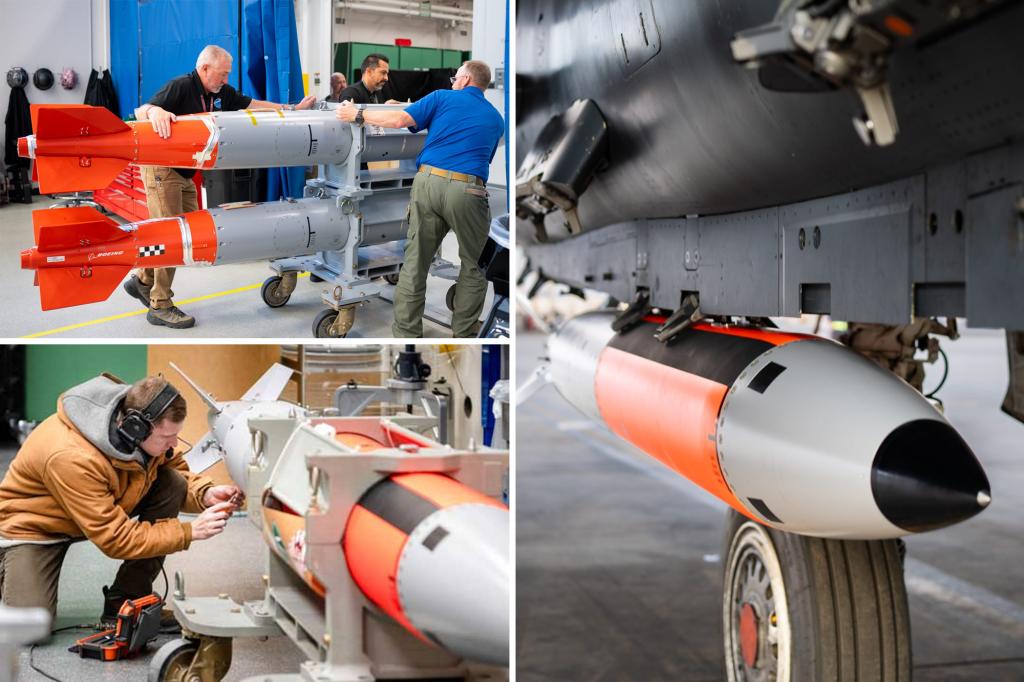A new US nuclear weapon 24 times more powerful than the one used on Hiroshima is being rush-produced because of an “urgent” and “critical” threat from rising global tensions, according to the scientists making it.
The B61-13 variable yield gravity bomb is going into full production seven months ahead of schedule, according to a statement by the Sandia National Laboratories (SNL) in Albuquerque, New Mexico.
The powerful new weapon — originally forecast to go into production next year — is set to play a key role in US efforts to modernize its nuclear deterrent amid rising global tensions.
“Responding to a critical challenge and urgent need, the B61-13 program used innovative program planning that resulted in projected delivery seven months earlier than expected, a more than 25% decrease in overall time to first production unit,” the statement read.
A gravity bomb — also known as an unguided bomb — has no guidance system and is simply dropped from an airplane, relying on gravity alone to reach its target.
The B61-13 is designed to have a 360-kiloton payload — equivalent to 361,000 tons of TNT — according to Interesting Engineering.
In contrast, “Little Boy,” the atomic bomb dropped on Hiroshima, Japan, in 1945, had a 15-kiloton yield, equivalent to 15,000 tons of TNT.
Its payload can also be varied and programmed for a yield of between 10 to 36 kilotons, with the idea being it can be used on different targets while preventing collateral damage.
The weapon is designed to become the full-time replacement for the US’ older nuclear weapons carried by new US B-21 stealth bombers.
The original B61 gravity bomb was created in 1968, making it the oldest nuclear weapon in America’s arsenal.
“The B61-13 will provide the president with additional options against certain harder and large-area military targets,” the US Department of Energy said in September.
Plans for the bomb were launched in 2023, following fears Russia’s invasion of Ukraine could trigger a Europe-wide conflict.
Read the full article here


